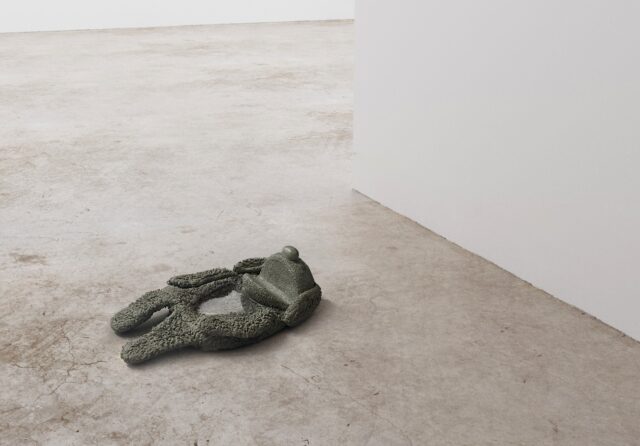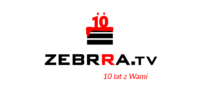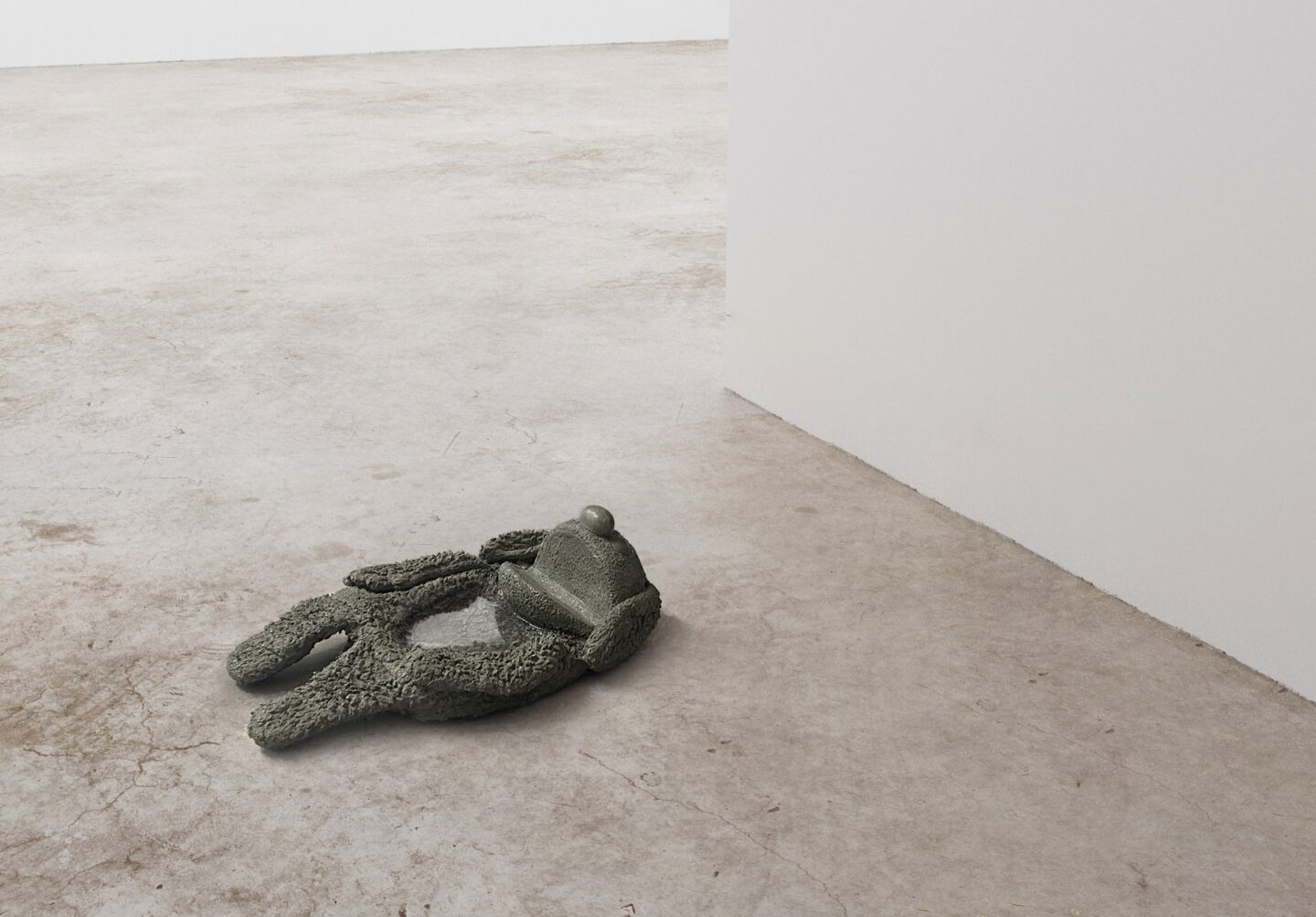


Snail Gods
Piotr Skiba
During his study visit to Orońsko, Piotr Skiba focused on the phenomenon of snail reproduction occurring in the Sculpture Park in early summer. During this period, female molluscs laid their eggs in the soil, rock crevices, but also in sculptures. The sculptures gradually overgrew with snail shells, creating their own ecosystem. This gave the impression that they were in complete control of the area, turning the local park facilities into ‘temples for habitation’.
Land snails have accompanied humans since ancient times; the Sumerians and Babylonians considered snails immortal, making them a symbol of eternity. Prehistoric shell heaps, e.g. Sambaqui in Brazil (6000 BC) or Køkkenmødding in Denmark, testify to the number of shells processed by local tribes. The Australian Burarra people, also known as Gidjingali, consider their shell mounds to be sacred sites.
Piotr Skiba made shells, crusts, discarded organic elements become symbolic material for building a microhabitat, a new ecological address for local gastropods. During a morning walk in the Orońsko Sculpture Park, the artist noticed that, at night, the damp ground of the alleys was literally covered with a moving thicket of shells. The artist directly addressed this phenomenon by building in, among other things, the soles of his shoes and swimming flip-flops, elements from discarded, delicate snail shells and other organic remains. Skiba appears to be attempting to reverse a practice similar to preventing living organisms from overgrowing the hulls of ships, creating a situation sacrificed to overgrowth. The objects created in Piotr Skiba’s characteristic technique of casting in bronze resemble in form designed models of small settlements for small creatures, in fact they are literally dedicated to them. It is significant that the organic materials collected were ‘cremated’ by burning in metal, ultimately preserving the memory of the melted biological fragments, which can be related to the ritualistic practices of creating ancient statues. The choice of location for the temporary exhibition, i.e. the Chapel, which is the oldest building located on the premises of the Centre of Polish Sculpture, is by no means accidental.
Piotr Skiba (b. 1980, Wrocław) is a graduate of the Academy of Fine Arts at the Faculty of Painting and Sculpture in Wrocław. He creates films, objects and installations. Since 2014, he is working at the Academy of Art in Szczecin at the Faculty of Painting. He lives and works in Wrocław and Szczecin.
The artist uses mass-produced objects, parts, materials related to basic, universal human needs. Things such as steel filters, discarded clothes, broken light bulbs and lighters are often combined in bronze and aluminium castings with organic forms, such as insects or epidermal fragments. By emphasising the physical presence of things and people, the artist puts everything on an equal footing. He focuses on the potential of the ‘lowest rank’ disposable items. In the Kosmonautów housing estate in Wrocław, commonly known as Kosmos, where he lives, he collects and alters found objects (by dismantling or combining them into prototype elements), creating sculptural hybrids of housing estate monuments. These objects seem to evoke a reality where things have taken over the world, where the human body has left only traces. As in Nick Flynn’s poem ‘Statuary’, Piotr Skiba is like a bee that ‘will dispose of a mouse or a slug that may happen to have found its way into the hive’. Proceeding methodically, he wages a battle with the ‘object-body’, with the aim of eventually expelling it or dismantling it, to ‘to enclose it in a veritable sepulcher of propolis & wax, which will tower fantastically above the ordinary monuments of the city’ – as Flynn poetically described it. Skiba’s archaeological digs describe a man who tries to defy nature and fails, leaving a sense of emptiness and melancholy.
Selected solo exhibitions in galleries and institutions:
Pavilion of the Four Domes, Branch of the National Museum, Wrocław; Ujazdowski Castle Centre for Contemporary Art, Warsaw; White Box Art Center, New York (USA); Wrocław Contemporary Museum; Berthold Pott Gallery, Köln (DE); Dash Gallery, Kortrijk (BE); BWA Awangarda, Wrocław; BWA Design, Wrocław; Mosart, Gorzów Wielkopolski.; Entropia, Wrocław; Spazio ORR Brescia (IT); Leto Gallery, Warsaw; Piktogram Gallery, Warsaw; Giorgio Galotti Gallery, Turin (IT)
Participation in selected group exhibitions:
All Worlds are flat, Blindside Melbourne (AU); Open City Festival of Art in Public Space, Lublin; Hypermaremma, Museo Archeologico Nazionale e Antica Città di Cosa, Tuscany (IT); Narrations #10, review of art in public space, Gdansk; Vein Section , Berthold Pott Gallery, Cologne (DE); Temporary Store-room , Plato, Ostrava (CZ); The Fact of Not Having Place Remains, KRONIKA Centre for Contemporary Art, Bytom; Mondo Cane, National Museum, Szczecin; DAMA, Palazzo Saluzzo Paesana, Turin (IT); Disappointment Island, Griffin Art Space Foundation/ Stereo Gallery, Warsaw; Proximity, Bangkok Art and Culture Centre [BACC] (TH); Distracted Audiences, Art Station Foundation, Poznań; Labor Relations , Wrocław Contemporary Museum; Anarchy and New Art, Centre for Polish Sculpture, Orońsko; Wild West, Zachęta – National Gallery of Art, Warsaw; 6th Triennale of Young Artists, Centre for Polish Sculpture, Orońsko; Affair, Piktogram Gallery x Suprainfinit Warsaw, Hortus Conclusus, Fondazione 107, Turin (IT); Paris Internationale, Paris (FR); Artificial Fullmoon, Contemporary Museum Wrocław










